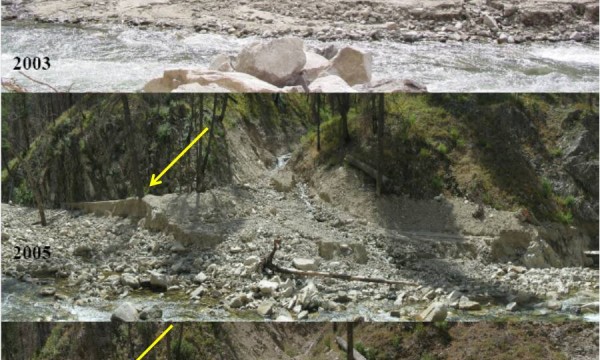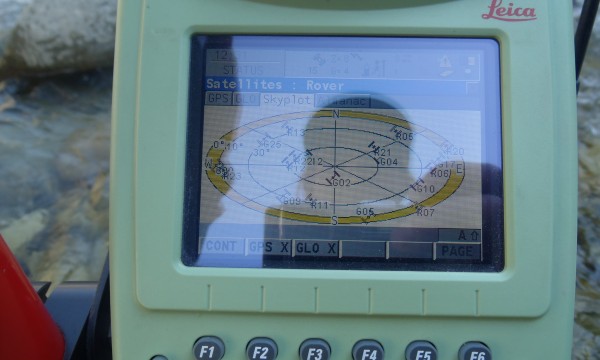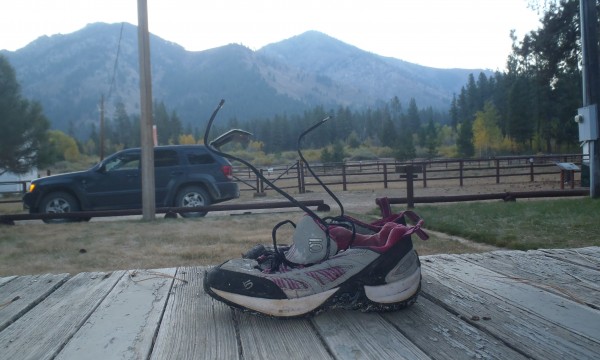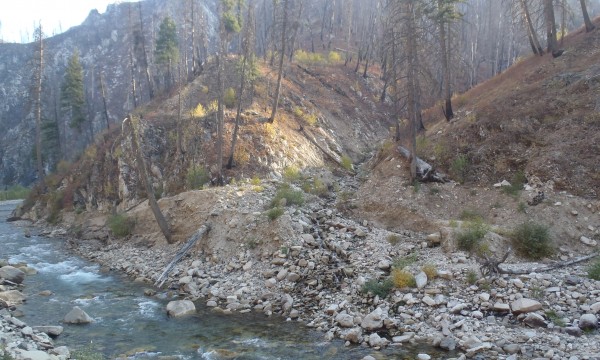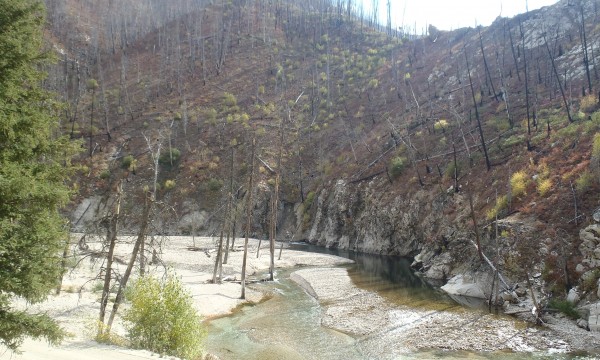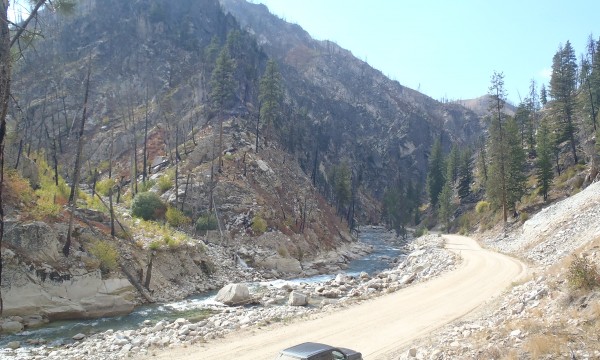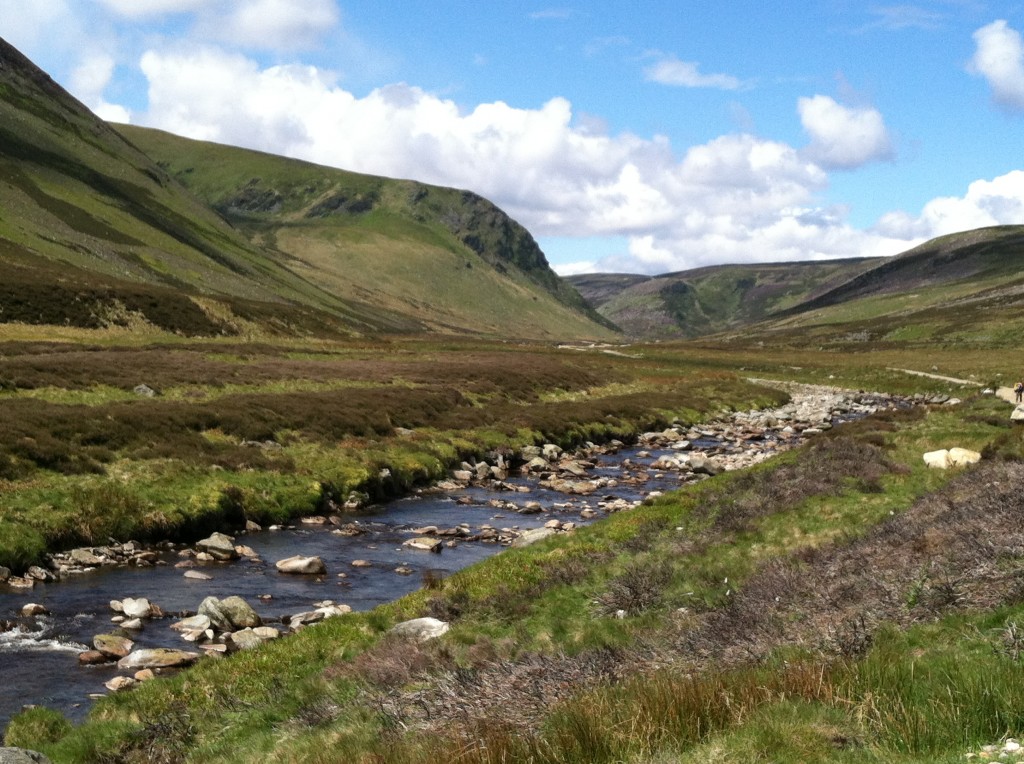College of Idaho students field research experience
This past summer (2016), students at The College of Idaho — Donavan Maude (16′ Biology and Environmental Studies double major) and Natasha Dacic (18′ Math-Physics and Environmental Studies double major) — traveled into the Idaho backcountry to study riverine response to wildfire. Read about their experience on The College of Idaho, News Blog. Off the grid: Yotes research in Idaho backcountry
Read more ›
